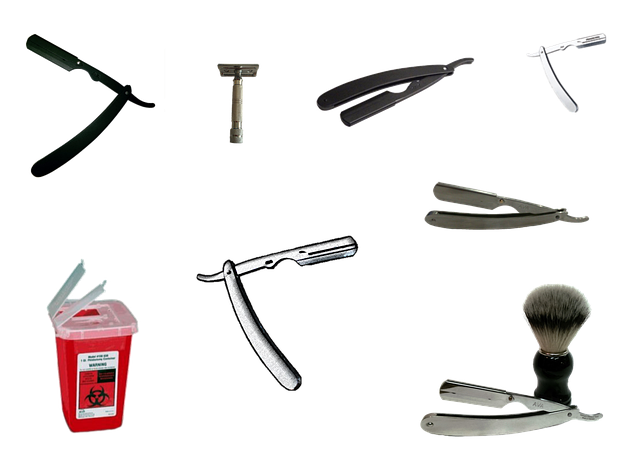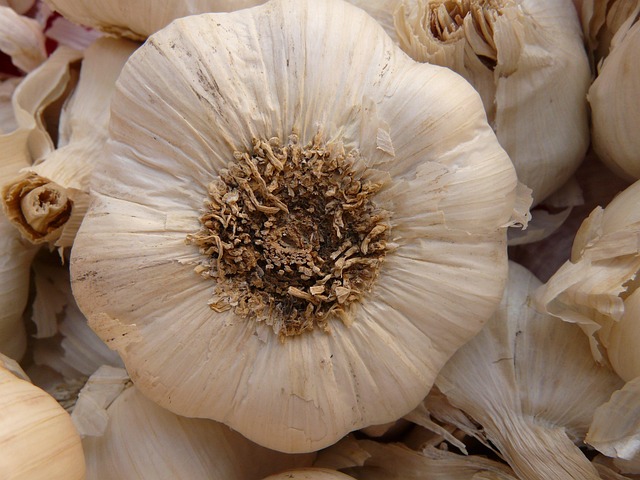Odor removal goes beyond masking smells by targeting molecular sources through advanced technologies and chemicals. This includes enzymatic reactions and photocatalytic oxidation for long-lasting solutions. Best practices for managing persistent odors involve ventilation, cleaning, and air purification. Natural and chemical methods offer various options, with product selection balancing effectiveness and safety. Customized approaches are needed for different surfaces, from fabrics to non-porous materials. Case studies demonstrate successful applications across industries. Maintaining a fresh home involves regular cleaning, source control, and strategic air management using odor removal techniques.
Tired of battling persistent odors? Discover the secrets to permanent odor removal with our comprehensive guide. We explore the science behind effective solutions, from understanding the causes of common sources like pet stains and mold to comparing natural and chemical methods. Learn successful strategies for treating various surfaces and gain insights from real-life case studies. Plus, find best practices and tips to maintain a fresh home environment long-term, ensuring odor-free comfort.
Understanding Permanent Odor Removal: The Science Behind It

Understanding Permanent Odor Removal: The Science Behind It
Odor removal is a complex process that involves more than just masking unpleasant scents. Permanent odor removal, in particular, delves into the molecular structure of odors and aims to break down and eliminate them at their source. This scientific approach leverages advanced technologies and chemicals designed to penetrate and neutralize odor-causing compounds. By targeting specific molecules responsible for persistent odors, these methods offer long-lasting solutions rather than temporary fixes.
The science behind permanent odor removal combines chemistry, biology, and materials science. Enzymes, for instance, are often used to break down organic odors by catalyzing chemical reactions that transform malodorous compounds into harmless byproducts. Other techniques employ photocatalytic oxidation, where light energy activates catalysts to decompose odors into water and carbon dioxide. These innovative methods not only address the immediate concern of eliminating unwanted smells but also ensure that they don’t reoccur, providing a cleaner, fresher environment for prolonged periods.
Common Sources of Persistent Odors and Their Solutions

Persistent odors can be a nuisance, lingering in spaces long after their initial source has disappeared. Common sources include cooking, pets, smoke, and mold. To address these, consider targeted solutions like installing exhaust fans in kitchens and bathrooms to mitigate moisture and food smells. Regularly cleaning pet areas with enzymatic cleaners neutralizes pet odors effectively. For smoking-related scents, air purifiers equipped with carbon filters can significantly reduce lingering smoke odor molecules. Additionally, addressing potential mold issues through professional inspections and remediation is crucial for eliminating musty, persistent aromas.
Embracing Odor Removal best practices involves a combination of prevention and intervention. Maintaining good ventilation reduces the accumulation of cooking and cleaning chemicals. Regular deep cleaning, especially in high-traffic zones, helps control pet and human odors. Investing in high-quality air purifiers can dramatically improve indoor air quality, eliminating stubborn smells over time. Moreover, identifying and fixing sources of moisture is essential to prevent mold growth, which contributes to persistent, unpleasant odors.
Natural vs Chemical Approaches to Odor Elimination

When it comes to eliminating odors, there are two primary approaches: natural and chemical. Natural methods for odor removal have gained popularity due to their safety and environmental friendliness. These techniques often involve using essential oils, plant-based extracts, or natural enzymes that break down and neutralize odors at their source. For instance, baking soda and vinegar are commonly used to absorb and neutralise smells in various applications, from deodorizing refrigerators to freshening carpets.
On the other hand, chemical odor removal uses synthetic compounds specifically designed to target and eliminate odors. While these products can be highly effective for stubborn scents, they may also raise concerns about potential health and environmental impacts. Chemical solutions often contain strong fragrances or active ingredients that mask or replace unpleasant odors. It’s essential to choose products wisely, considering factors like safety, effectiveness, and the specific odor being addressed for optimal results in odor removal.
Effective Strategies for Removing Odors from Different Surfaces

Removing odors from various surfaces requires tailored strategies. For instance, enzymatic cleaners are highly effective in breaking down organic compounds responsible for smells on porous materials like fabrics and carpets. These cleaners contain enzymes that digest odor-causing substances, offering a natural and often sustainable solution. In contrast, non-porous surfaces such as countertops or tiles may demand abrasive methods to physically remove accumulated grease and food particles that contribute to persistent odors.
When dealing with tough smells in the kitchen or bathroom, ventilation plays a crucial role. Ensure proper air circulation by opening windows and using exhaust fans to disperse odorous air. Additionally, leveraging odor absorbers like charcoal-infused products can help neutralise scents in closed spaces. Regular cleaning routines, combined with these strategies, significantly contribute to maintaining fresh environments, ensuring an effective long-term odor removal approach.
Case Studies: Success Stories in Permanent Odor Removal

In the realm of odor removal, case studies serve as powerful tools, showcasing real-world applications and successes. These stories highlight innovative solutions that have transformed challenging odors into fresh, clean environments. For instance, consider a renowned case where a manufacturing plant struggled with persistent chemical fumes contaminating nearby residential areas. Through advanced techniques combining specialized enzymes and tailored ventilation systems, the plant achieved remarkable results—odors were permanently removed, restoring peace to the community.
Another compelling example involves a hotel chain grappling with recurring musty odors in its old buildings. Implementing a multi-step process involving air purification, sealing, and strategic scenting, they successfully eliminated the source of the smell, enhancing guest experiences and boosting satisfaction rates. These success stories not only underscore the potential of cutting-edge technologies but also demonstrate how persistent odor issues can be effectively tackled, providing lasting solutions for various industries.
Best Practices and Tips for Maintaining a Fresh Home Environment

Maintaining a fresh home environment involves more than just occasional cleaning. Incorporating best practices for odor removal ensures your space stays pleasantly scented. Regularly vacuuming and dusting traps dirt and dander, preventing musty smells from developing. Open windows to allow natural air circulation, which helps dispel stagnant odors. Using air purifiers equipped with carbon filters can also be effective in capturing and neutralizing volatile organic compounds (VOCs) and other odor-causing substances.
Additionally, addressing the source of an odor is crucial. For instance, if a pet has left behind a foul scent, spot-cleaning affected areas with appropriate pet odor removers will yield better results than just air fresheners. Storing food properly in sealed containers can prevent kitchen odors from permeating other parts of your home. Regularly cleaning high-traffic areas like bathrooms and kitchens will make them less conducive to the growth of bacteria and mold, which contribute to unpleasant smells.
